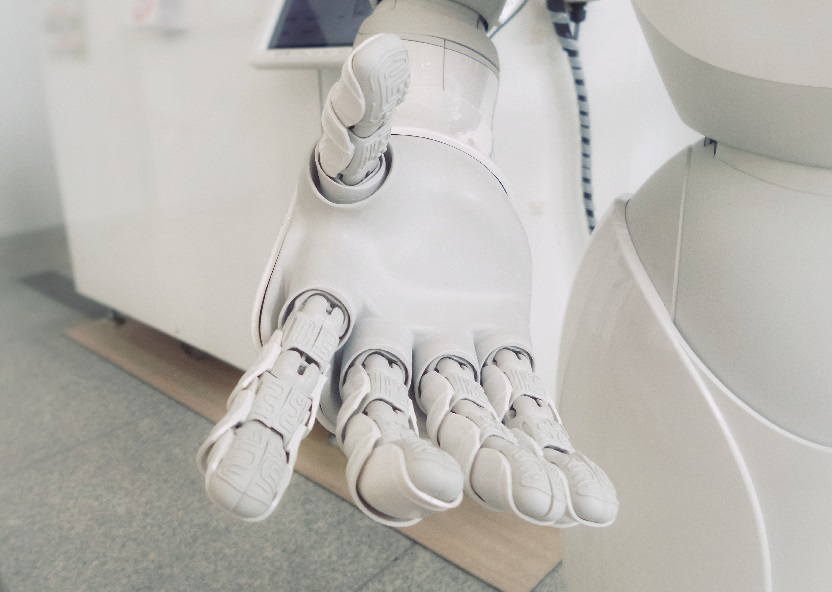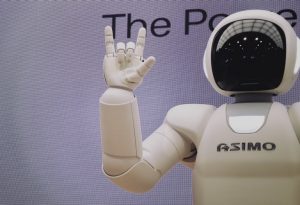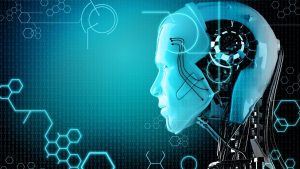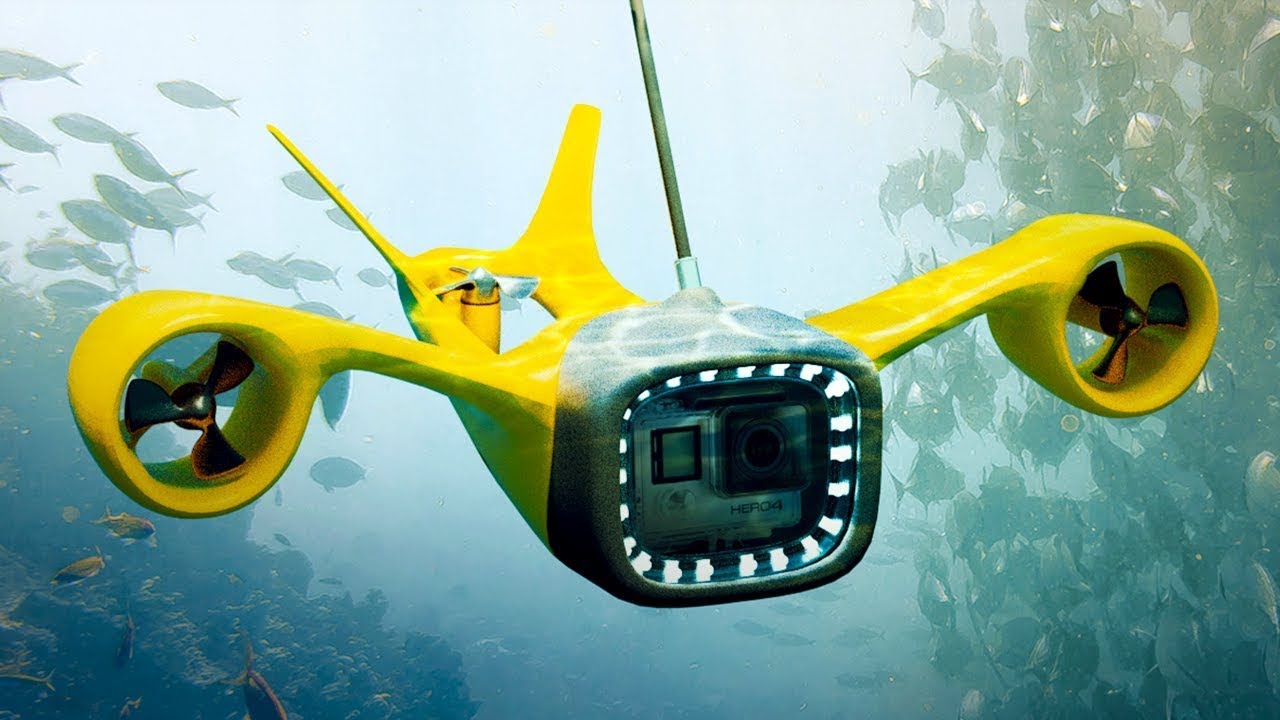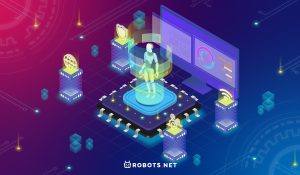An ally, a tool, and a reliable companion in one: social robots.
Robots were first introduced to humans in the 1800s. This was during the Industrial Revolution. The earliest versions of robots were bulky. The early robots can only do one or two tasks. From then on, the rise of this technology advancement has come far. We cannot deny that our future will include working with this technology.
Industrial machines during the 1800s were early types of robots. These robots helped in making labor work easier. While social robots are designed to be much engaging and interactive. Industrial robots like the Unimate of 1954 did one task over and over. The Unimate was used in the car industry to assemble the products.
Social robots are now used to perform a wide range of tasks in a given time. This may include but not limited to utility, entertainment, and social and emotional functions. These tasks are considered to address the core needs of human beings. This is why we will certainly work with social robots more in the future.
What Is Transactional AI?
Robots are intelligent technology with autonomy. They can perceive and manipulate their surroundings without human help. Artificial intelligence or AI runs these robots. Humans teach robots by feeding them data. Robots, in turn, learn from humans through human behavior and interaction.
Robotics has come far and evolved a lot. This resulted in two categories: transactional AI and relational AI.
Transactional AI has gained popularity in 2014. Amazon released Alexa as a virtual assistant for its users. The program was made to be conversational. It was built to accomplish utility tasks. Alexa can answer questions, deliver news, give a weather update, and even play music. A woman’s voice embodied Alexa in a speaker.
What Is Relational AI?
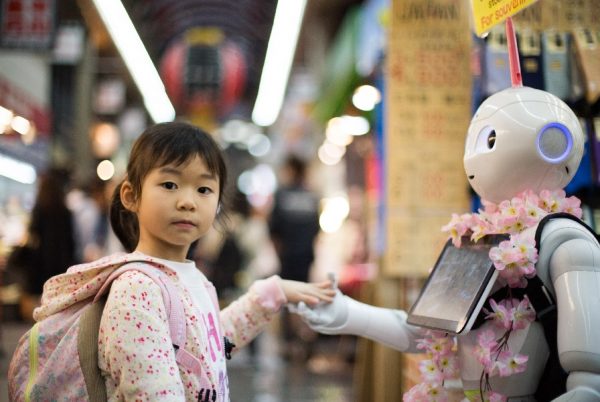

Relational AI is gaining popularity because of its flexibility. Important institutions of society like schools, hospitals, and homes use this. A robot with limbs and face embodies the technology. The limbs enable it to walk and grasp things. The face makes it have a more personal connection to its users. Social robots are known as a robot companion to its human users. Its functionality addresses the utility, entertainment, and social and emotional human needs.
Relational AI runs social robots. On one hand, a speaker contains a transactional AI. They are stationary and do not have a personal human connection. On the other hand, social robots move around their environment like how humans do. Social robots learn from humans and use the gathered data to further improve the human experience.
Where is a Robot Companion Usually Used?
A robot companion can be the best option in improving your life value. Whether it be in school, at the hospital, at work, or even at home.
Need a tutor to tell your child a story? A teacher to help her widen her vocabulary without the insanely huge costs? Would prefer to have a companion at home? One that will inform you of the traffic situation on your way to work at 7 am every day? A companion that does this while they also turn off the lights for you when you run late? Need a partner during meetings that will ensure that your files are all intact? An assistant that will remind you of that important business presentation? A social robot can do all these and more.
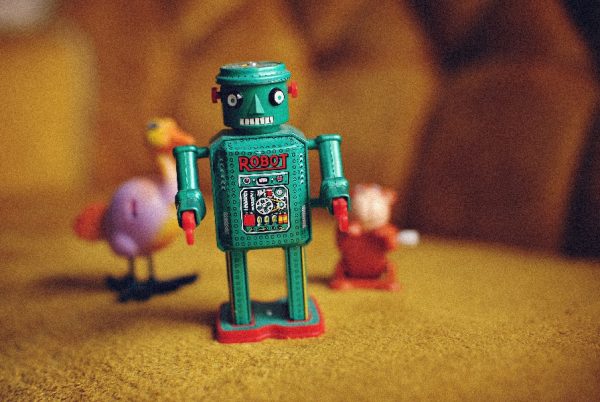

A robot companion helps in daily tasks and to achieve different goals. In school, a robot can be a teacher. It can also provide emotional support to the students depending on which type of robot is available.
Just like the emotional robots used in health care facilities. These robots help patients of all ages to be more emotionally engaged. This process helps them in their recovery.
At home, a social robot can be the family’s security checker. Or it can be a convenient companion that will ensure that you’re early for school or work. A robot can make a home feel more comfortable and guarantee a better life.
Social Robots for Kids
Schools use robots to teach as early as 1974. Micheal J. Freeman created a human-like robot called Leachim. The robot learned the school curricular and its students’ biographies. Modern robots like the Aido robot can give a one-on-one tutorial. This is for children and adults who wanted to learn about a certain topic.
Educational psychologist Benjamin Bloom published a study in 1984. It showed that students perform better when they learn through tutoring than in the classroom. However, it is expensive to get a tutor. Looking for a tutor can be a tedious process. Using social robots like Aido would be a big help to children and parents.
The health sector also uses social robots. This is especially with children and older adult patients. Deidre Logan, a pediatric psychologist at Boston Children’s Hospital, said that using robots is a way to help kids. It’s to make the patients feel okay with their situation. Kids at BCH are not doing the normal things that kids should be doing. Their time is spent inside the institution. So having cute robots like Huggable is a big help. It interacts with the kids. This is throughout their time in the hospital and even in their recovery.
Social Robots for Adults
The fourth vital sign is considered to be the emotion. This means that someone’s feelings affect his condition and recovery. There is a big gap in the supply of caretakers. The demand is high in hospitals and elderly home care. Social robots help fill this gap and address the emotional needs of patients.
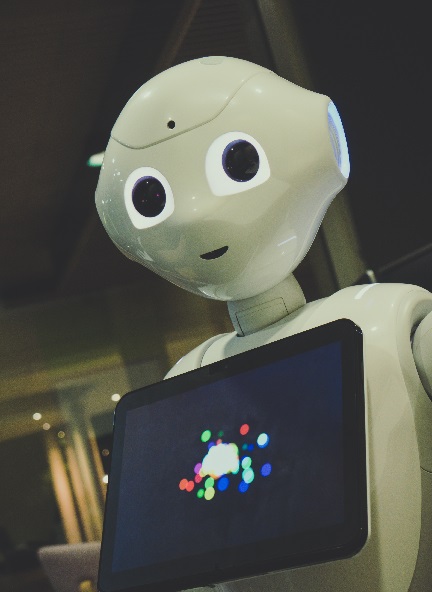

Seniors are not as adaptive with technology compared to kids. But this was not the case in the 2018 study by Cynthia Breazeal. The study showed that older adults are more open to the possibilities of a social robot than the kids. Breazal—founder and director of the Personal Robots Group at MIT—suggested Jibo. Jibo is a social buddy robot. This makes it a perfect companion for the elders. It encourages engagement between elders. Jibo can improve one’s emotions through its entertainment functions. This includes dancing, taking a photo, telling jokes, answering questions and responding to touch. Yes, like a good pet, Jibo purrs when petted.
Even at home, social robots are deemed to be very convenient. A home robot can make the home easier to live in. It can help in tasks like give traffic updates in the morning or adjust the house temperature. It can even suggest recipes when cooking and dim lights at night. A home robot can also check around and patrol the house. It can make sure the security features are working and even play music and videos for the family.
The Future of Social Robots
We perceived a time when robots are working with us and help us accomplish tasks. We envisioned a future when robots are with us during our daily lives. Remember R2-D2? Or a newer version, Baymax? Movies may have heavily influenced us with this vision of humanistic robots. We envisioned those that are the combination of a human motivating ally, an internet cloud-connecting tool, and a pet that is also an attentive companion. We are living at the beginning of this future.
The more humans connect and engage personally with a robot, the more the technology is successful. This results in a more learned robot. Human-robot interaction benefits both parties. Humans are more confident in connecting with a non-judgmental affectionate system. Remember Theodore and Samantha from Her?


There are still a lot of studies to be made about this technology. There is also a wide range of ethical points to be considered. But we are all still heading towards a more convenient future with social robots at our side. Soon enough, there would be a buddy robot for everyone. This is not to replace humans, or smartphones, or dogs — but to have a new autonomous system that will help humanity flourish.







